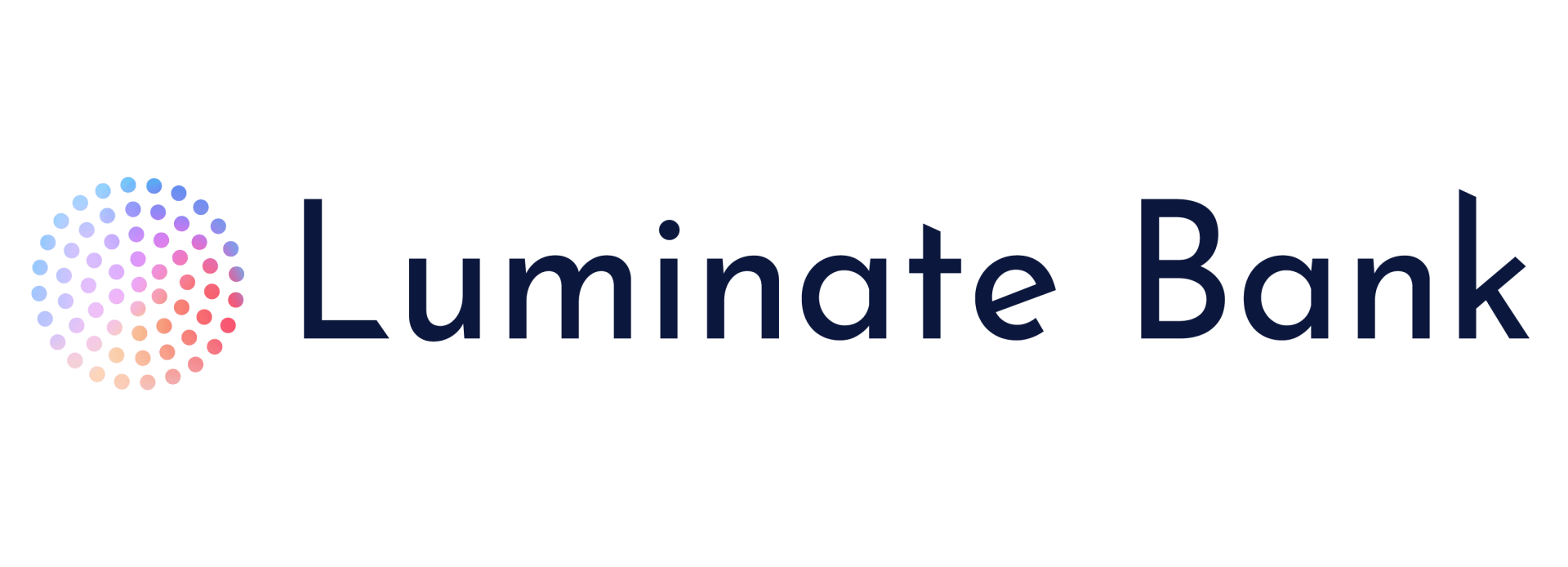How to Maximize Your Tax Refund as a Homeowner in 2024
How to Maximize Your Tax Refund as a Homeowner in 2024
Over the past decade, homeownership costs have skyrocketed, posing affordability challenges amidst soaring home prices and high mortgage rates. Did you know that beyond mortgage payments, US homeowners spend an average additional $17,459 yearly?
However, these increased expenses give homeowners the opportunity for potential tax benefits that can significantly boost your refund come tax filing season.
Understanding these potential tax advantages is pivotal for homeowners aiming to maximize their tax refunds. Here’s a breakdown of key homeowner tax breaks and credits available in 2024 to ensure you claim every possible deduction and savings opportunity.
How Do Homeowner Tax Breaks Work?
Most homeowner tax breaks come in the form of deductions, reducing your taxable income. When filing your return, you choose between the standard deduction or itemizing deductions like charitable contributions and state taxes.
To take advantage of homeowner tax deductions, you'll need to itemize your deductions using Form 1040 Schedule A. Your decision to itemize will depend on whether your itemized deductions are greater than your standard deduction. All of the best tax software can quickly help you decide whether to itemize (as well as help you fill out all of the tax forms mentioned in this article).
Tax credits, on the other hand, directly lower your tax liability without requiring itemization. They offer savings opportunities while allowing you to simplify your taxes with the standard deduction.
Key Tax Advantages for Homeowners in 2024
Mortgage Interest Deduction
Mortgage interest is a prevalent tax deduction for homeowners, especially beneficial for new homeowners, as their initial mortgage payments primarily cover interest.
For joint filers, deductions apply to mortgage interest payments on loans up to $1 million or $750,000 for loans made after Dec. 15, 2017.
Single filers can claim half these amounts - $500,000 or $375,000, respectively.
To claim this deduction, use IRS Form 1098 provided by your lender in early 2024, entering the amount from Line 1 onto Line 8 of 1040 Schedule A.
Mortgage Points Deduction
Mortgage points, known as "discount points," are purchasable to lower mortgage interest. Typically, for every 1% of the mortgage amount paid beyond the down payment, home buyers can reduce their interest rate by around 0.25%, the exact reduction varying based on the lender and loan terms.
Investing in discount points can yield significant savings on a 30-year mortgage, diminishing total interest payments over the loan term. Moreover, they offer tax advantages upon purchase. The IRS categorizes mortgage points as prepaid interest, enabling their inclusion in the total mortgage interest reported on Line 8 of 1040 Schedule A.
Mortgage Interest Credit
Homeowners holding a Mortgage Credit Certificate (MCC) from a state or local government, typically obtained through a mortgage lender, can receive a tax credit on a portion of their mortgage interest payments. The credit rate varies by state, ranging from 10% to 50%, capped at a maximum credit of $2,000.
This tax-saving strategy is especially advantageous for first-time homeowners, defined as individuals not owning a home for the past three years. If you're a first-time buyer, consult your lender or mortgage broker to determine MCC eligibility.
To claim the mortgage-interest tax credit, utilize IRS Form 8396. Notably, itemizing deductions is unnecessary to claim these tax credits.
Property Tax Deduction
Property taxes, also known as local and state real estate taxes, remain deductible from your taxes, albeit with revised limits post-2017. Thanks to the Tax Cuts and Jobs Act of 2017, deductions are capped at $10,000 for combined property taxes and state/local income taxes. Previously, before 2017, the entire property tax amount was deductible.
To claim your property tax deduction, meticulous tracking of annual property tax payments is essential. These taxes might be detailed in Box 10 of Form 1098 from your mortgage lender. Record the total real estate taxes paid for the year in Line 5b of 1040 Schedule A to claim this deduction.
Home-Office Deduction for Self-Employed
Individuals utilizing a portion of their residence exclusively and routinely for personal business or side ventures qualify for home business expense deductions using IRS Form 8829. Renters can also benefit from these deductions.
The simplest approach to claim a home-office tax deduction is through the standard home-office deduction, calculated at $5 per square foot used for business, up to 300 square feet. Alternatively, the "regular method" involves determining the percentage of home space utilized for business. Both methodologies involve reporting through Form 8829.
Notably, remote employees of companies aren't eligible for home-office deductions.
Energy Efficiency and Clean Energy Credits
If you made energy-efficient enhancements to your home in 2023, there's a possibility of receiving tax credits, though the process can be intricate. These credits encompass two categories: the residential clean energy credit and the energy efficient home improvement credit.
The residential clean energy credit refunds 30% of expenses incurred from installing solar electricity, solar water heating, wind energy, geothermal heat pumps, biomass fuel systems, or fuel cell property. However, there's a cap for fuel cell property - $500 for every half-kilowatt capacity.
The energy-efficient home improvement credit, also termed the nonbusiness energy property credit, divides into "residential energy property costs" and "qualified energy efficiency improvements." The former offers a flat tax credit ranging from $50 to $300 for Energy Star-certified installations like heat pumps or water heaters. The latter provides a 10% tax credit for improvement costs such as insulation, roof repairs, or window replacements.
Previously capped at $500 for all improvements, the energy efficient home improvement credit now holds an annual limit of $1,200 from the 2023 tax year, thanks to the Inflation Reduction Act.
To claim tax credits for energy-efficient home improvements made in 2023, maintain records of costs and report them using IRS Form 5695.
Home Equity Loan Interest Deduction
Interest from a home equity loan or second mortgage qualifies for tax deductions akin to regular mortgage interest, but with a crucial caveat: maximum loan totals are capped at $1 million or $750,000 (for joint filers) for homes purchased after Dec. 15, 2017.
It's imperative to emphasize that the 2017 tax law restricts deductions for home equity loan interest solely to funds utilized for "buying, building, or substantially improving" homes. Using the loan for other purposes like purchasing a car or funding vacations negates eligibility for deductions.
If the interest paid on a home equity loan was directly invested in your residence, you can claim the deduction alongside mortgage interest and points. Report this deduction on Line 8 of Form 1040 Schedule A.
Sale of Primary Residence Deduction
Upon selling a home, taxes are levied on the earned amount as capital gains. However, residing in the home for two of the past five years before selling unlocks a substantial tax exclusion - $500,000 for married joint filers or $250,000 for single or separate filers.
This tax exclusion is universally available to all Americans, irrespective of age or prior benefit utilization. Notably, residency requirements pertain regardless of homeownership. For instance, if you rented a house for two years before purchasing it, you're eligible for the standard residence exclusion upon selling.
Typically, you'll receive tax information concerning the home sale through a 1099-S form. Report your ultimate gain, applying the $500,000/$250,000 exclusion, on IRS Form 8949. However, if you don't receive a 1099-S form and your house's profit falls below the exclusion limit, no reporting of the sale on your taxes is necessary.
Which Home Expenses are Not Tax Deductible?
Despite all the tax breaks available for homeowners, there are some home-related expenses that can't be deducted from your income.
- Your down payment for a mortgage
- Any mortgage payments toward the loan principal
- Utility costs like gas, electricity and water
- Fire or homeowner's insurance
- House cleaning or lawn maintenance
- Any depreciation of your home's value
Conclusion
Understanding the types of tax breaks for homeowners is essential for maximizing savings. While the standard tax deduction provides a straightforward option, itemized deductions can offer greater benefits.
From mortgage interest and property taxes to necessary home improvements and home office expenses, homeowners can potentially reduce their tax liability. Be sure to consult with a tax professional for personalized advice and to stay updated.
However, it’s important to stay updated on the latest tax regulations, income limitations, and qualifying criteria. By taking advantage of these deductions, you can make the most of their tax benefits and potentially save more money in the long run.





